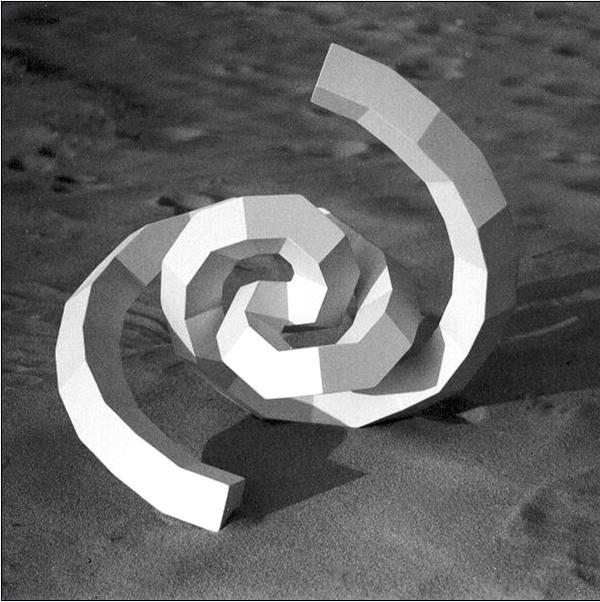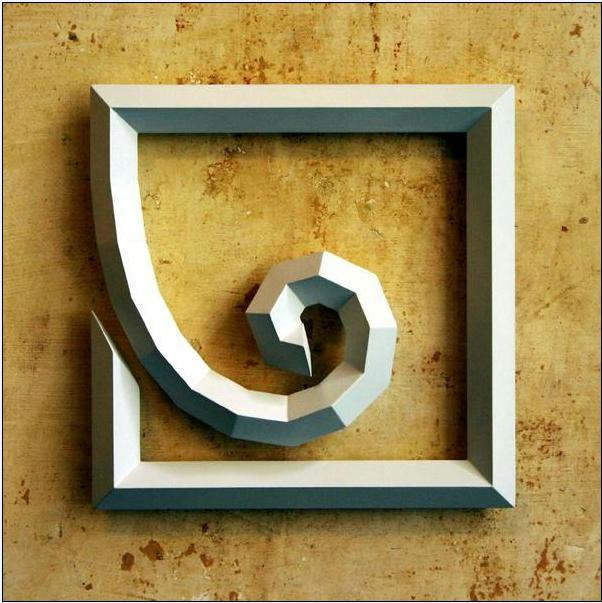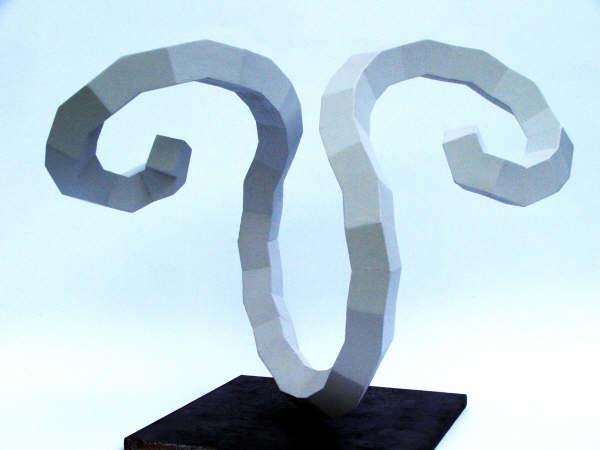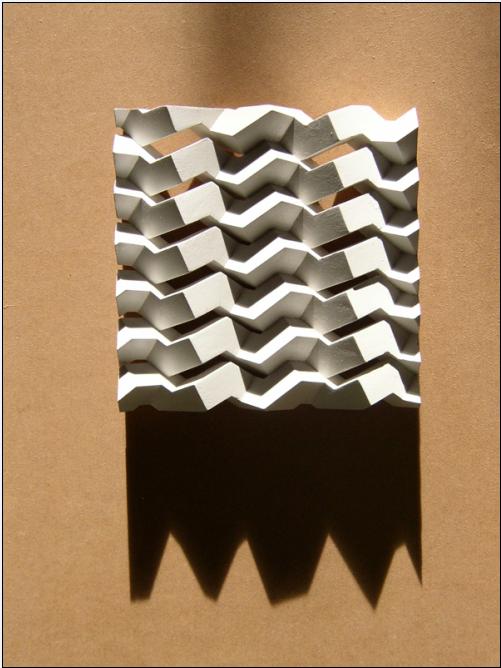Roland de Jong Orlando
"Giro - Rigiro"
Wood, acrylic, 16.5" x 16.5" x 15.5", 2003.

"Inquadrato - Nautilus"
Wood, acrylic, 20" x 20" x 4", 2006.

"Ariete - 2"
Wood, 17" x 25" x 15.5", 2004.

"Ritmo - 1"
Wood, acrylic, 20" x 20" x 4", 2006.

Roland de Jong Orlando
Academy of Art, Tilburg (1987) / Academy of Art, Amsterdam (1990) Recent exhibitions: (selection) 2006 "De Verhouding", Qua Art-Qua Science, Faculty Club University Twente Participation in international group exhibitions in Moscow, Hünfeld, (Germany), Bratislava (Slowakia) and a symposium in San Luis Potosi (Mexico)
2005 Participation in international group exhibitions in Györ (Hungary), Paris, Vienna, Milan en Lübstorf (D) and an international woodsymposium in Haukivuori (Finland). Exhibitions in NL: Crystalic (Leeuwarden), Sculpture garden Cuijk, Gallery Stijl (Arnhem), SBK (Alkmaar), Temporary Museum of Modern Art (Schijndel)
Monumental sculptures and projects on commission for the cities Albrandswaard, Krimpen aan den IJssel, Meppel, Heerhugowaard, Zevenaar, Voorschoten, Steenwijk, Heemskerk and Huizen. Works in the collections of the cities Schijndel, Schagen, Heemskerk and the Stedelijk Museum Alkmaar
"Playing with rules"
"In the construction and proportions of my sculptures I make use of certain rules to achieve order in chaos. I don't handle those rules as an aboslute factor, but in a playful way. Sometimes it means they have to make way if chaos introduces something which I find more interesting, in an esthetic way.
The first experience you have when you look at an image is of an esthetic nature. Grasping the order, proportions or other rules that the artist has applied is an intellectual experience which follows afterwards, possibly. This intellectual experience can make that the esthetic appreciation of the image becomes more intense.
Most of the time my starting point comes from order: basic forms like the circle, triangle, square and their threedimensional equivalents. This is already obvious in my choice of material: I often work with cylinders (straight or curved tubes) or beams. This material is then devided into basic elements, with which I start playing by combining and organizing them, using a systematical principle, but also manipulating them. The elements united in this way form a new unity, which is more than the sum of the parts."
www.dejongorlando.com